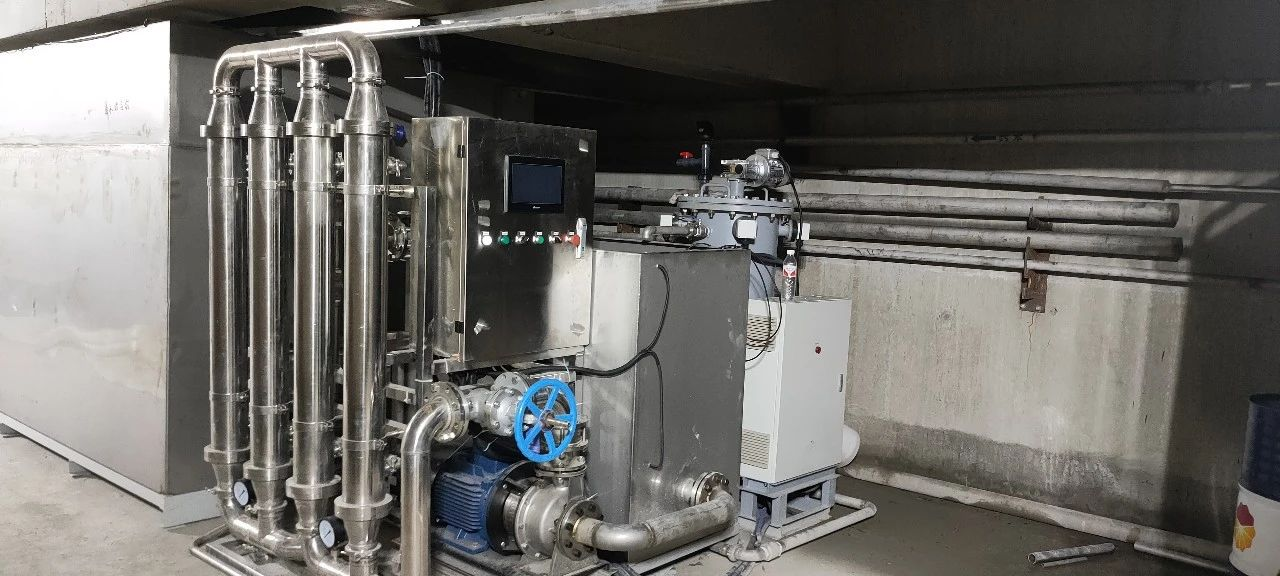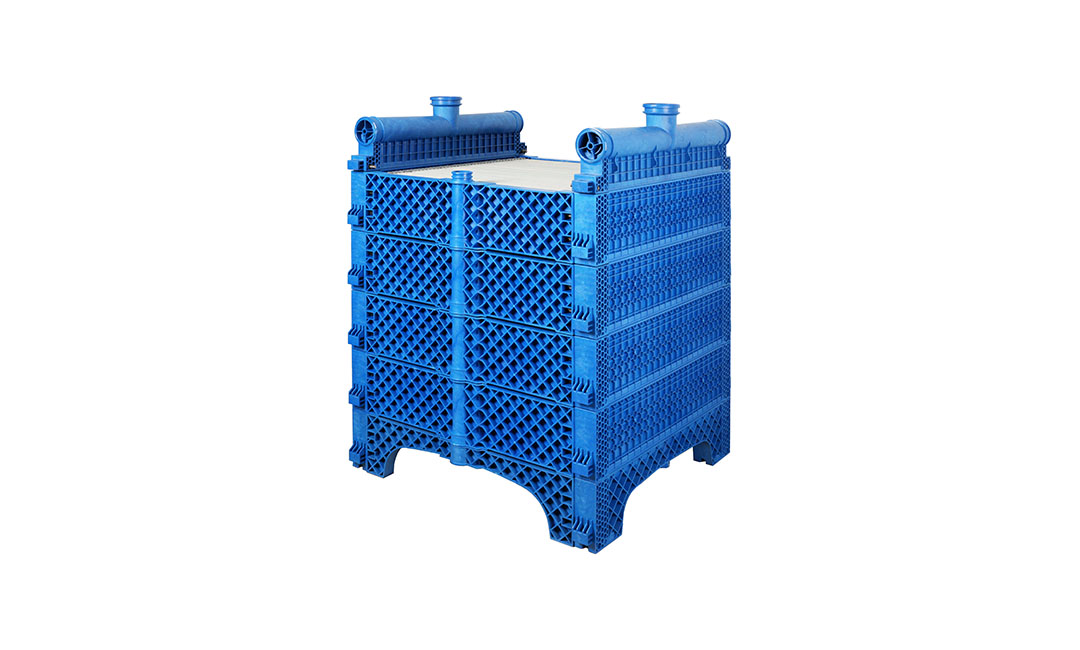Benefits of Using SiC Membranes for Water Reuse
Water scarcity is a pressing issue that affects millions of people around the world. With the increasing demand for clean water, it has become imperative to find innovative solutions to improve water reuse efficiency. One such solution is the use of silicon carbide (SiC) membranes in wastewater treatment processes.
SiC membranes are a type of ceramic membrane that offer several advantages over traditional polymeric membranes. One of the key benefits of SiC membranes is their superior chemical and thermal stability. This allows them to withstand harsh operating conditions, such as high temperatures and aggressive chemicals, without degrading. As a result, SiC membranes have a longer lifespan and require less frequent replacement compared to polymeric membranes.
In addition to their durability, SiC membranes also offer higher filtration efficiency. The unique structure of SiC membranes allows for precise control over pore size, which enables them to effectively remove a wide range of contaminants from wastewater, including bacteria, viruses, and organic compounds. This high filtration efficiency results in cleaner water that meets stringent quality standards, making it suitable for various applications, such as irrigation, industrial processes, and even drinking water production.
Furthermore, SiC membranes have a lower fouling propensity compared to polymeric membranes. Fouling occurs when contaminants accumulate on the membrane surface, reducing its filtration efficiency over time. With SiC membranes, fouling is minimized due to their smooth surface and high chemical resistance, which prevents the adhesion of contaminants. This not only improves the overall performance of the membrane but also reduces the frequency of cleaning and maintenance, leading to lower operating costs and increased operational efficiency.
Another advantage of using SiC membranes for water reuse is their environmental sustainability. By treating wastewater with SiC membranes, valuable resources such as water and energy can be conserved. Reusing treated wastewater for non-potable applications, such as irrigation or industrial processes, reduces the demand for freshwater sources and minimizes the discharge of pollutants into the environment. This not only helps to alleviate water scarcity but also contributes to the preservation of natural ecosystems and the protection of public health.
Overall, the use of SiC membranes in wastewater treatment processes offers numerous benefits for improving water reuse efficiency. From their superior chemical and thermal stability to their high filtration efficiency and low fouling propensity, SiC membranes provide a reliable and cost-effective solution for producing clean water from wastewater. By incorporating SiC membranes into existing water treatment systems, municipalities, industries, and communities can enhance their water reuse practices, reduce their environmental footprint, and ensure a sustainable water supply for future generations.
Case Studies on Successful Implementation of SiC Membranes in Wastewater Treatment
Water scarcity is a pressing issue that affects many regions around the world. As populations grow and industrial activities increase, the demand for clean water continues to rise. In response to this challenge, wastewater treatment technologies have been developed to recycle and reuse water resources efficiently. One such technology that has shown great promise in improving water reuse efficiency is the use of silicon carbide (SiC) membranes in wastewater treatment processes.
SiC membranes are a type of ceramic membrane that offer several advantages over traditional polymeric membranes. They are highly resistant to fouling and corrosion, making them ideal for treating challenging wastewater streams. Additionally, SiC membranes have a longer lifespan and require less frequent replacement, reducing maintenance costs and downtime. These characteristics make SiC membranes a cost-effective and sustainable solution for improving water reuse efficiency.
Several case studies have demonstrated the successful implementation of SiC membranes in wastewater treatment plants. In one study, a municipal wastewater treatment plant in California installed SiC membranes to treat secondary effluent for reuse in irrigation. The SiC membranes were able to achieve high removal efficiencies for suspended solids, organic matter, and pathogens, producing high-quality water suitable for agricultural use. The plant was able to reduce its reliance on freshwater sources and decrease its discharge of treated wastewater into the environment.
In another case study, a food processing plant in Europe implemented SiC membranes to treat its wastewater for reuse in cooling towers and boiler feedwater. The SiC membranes were able to effectively remove contaminants such as oils, fats, and proteins, producing clean water that met the plant’s stringent quality requirements. By reusing treated wastewater, the plant was able to reduce its water consumption and discharge costs, leading to significant cost savings and environmental benefits.

The success of these case studies highlights the potential of SiC membranes to improve water reuse efficiency in various industrial and municipal applications. By treating wastewater to a high standard, SiC membranes can help industries and communities reduce their water footprint, conserve valuable water resources, and protect the environment.
In addition to their performance benefits, SiC membranes also offer advantages in terms of sustainability and resource efficiency. The production of SiC membranes consumes less energy and raw materials compared to other membrane materials, making them a more environmentally friendly option. Furthermore, the long lifespan of SiC membranes reduces the need for frequent replacements, resulting in less waste generation and lower overall costs.
As the demand for clean water continues to grow, the adoption of innovative technologies such as SiC membranes will play a crucial role in improving water reuse efficiency and sustainability. By investing in advanced wastewater treatment solutions, industries and municipalities can reduce their environmental impact, enhance water resource management, and contribute to a more sustainable future.
In conclusion, SiC membranes have proven to be a valuable tool for improving water reuse efficiency in wastewater treatment processes. Through their high performance, durability, and sustainability benefits, SiC membranes offer a cost-effective and environmentally friendly solution for treating challenging wastewater streams. By implementing SiC membranes in wastewater treatment plants, industries and communities can achieve significant water savings, reduce their environmental footprint, and contribute to a more sustainable water future.
Future Trends and Innovations in Water Reuse Technology with SiC Membranes
Water scarcity is a pressing issue that affects millions of people around the world. With the increasing demand for clean water, innovative solutions are needed to improve water reuse efficiency. One promising technology that is gaining traction in the water treatment industry is the use of silicon carbide (SiC) membranes in wastewater treatment processes.
SiC membranes are known for their high mechanical strength, chemical resistance, and thermal stability, making them ideal for treating wastewater. These membranes have a unique structure that allows for the efficient removal of contaminants, such as bacteria, viruses, and organic matter, from water. By using SiC membranes in water treatment plants, it is possible to produce high-quality water that meets regulatory standards for reuse.
One of the key advantages of SiC membranes is their long lifespan compared to traditional polymeric membranes. SiC membranes are more durable and can withstand harsh operating conditions, resulting in lower maintenance costs and reduced downtime. This makes them a cost-effective solution for water treatment plants looking to improve their efficiency and reliability.
In addition to their durability, SiC membranes also offer superior filtration performance. The unique structure of SiC membranes allows for the removal of particles as small as 0.1 microns, making them highly effective at removing contaminants from water. This level of filtration ensures that the treated water meets stringent quality standards, making it suitable for a wide range of applications, including industrial processes, agriculture, and drinking water supply.
Another benefit of using SiC membranes in water treatment is their resistance to fouling. Fouling is a common issue in membrane filtration systems, where contaminants accumulate on the membrane surface, reducing filtration efficiency. SiC membranes have a smooth surface that prevents fouling, allowing for continuous operation without the need for frequent cleaning. This results in higher water recovery rates and lower operating costs for water treatment plants.
As the demand for clean water continues to grow, there is a need for innovative solutions that can improve water reuse efficiency. SiC membranes offer a sustainable and cost-effective solution for treating wastewater and producing high-quality water for reuse. By incorporating SiC membranes into existing water treatment processes, plants can increase their capacity, reduce operating costs, and meet regulatory requirements for water reuse.
In conclusion, SiC membranes are a promising technology that can help improve water reuse efficiency and address the challenges of water scarcity. With their durability, superior filtration performance, and resistance to fouling, SiC membranes offer a sustainable and cost-effective solution for treating wastewater. As water treatment plants look for ways to enhance their operations and meet the growing demand for clean water, SiC membranes are poised to play a key role in shaping the future of water reuse technology.


